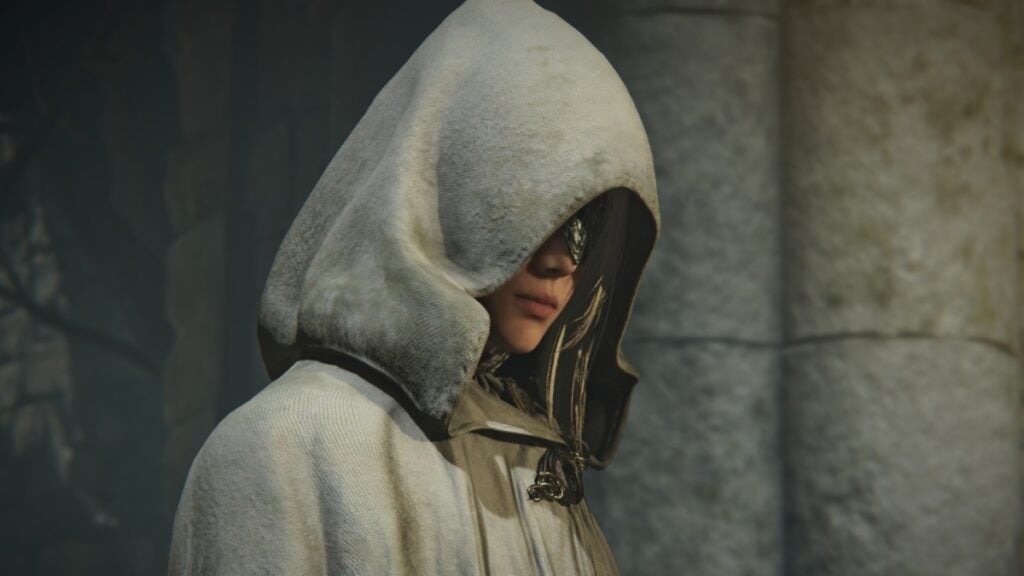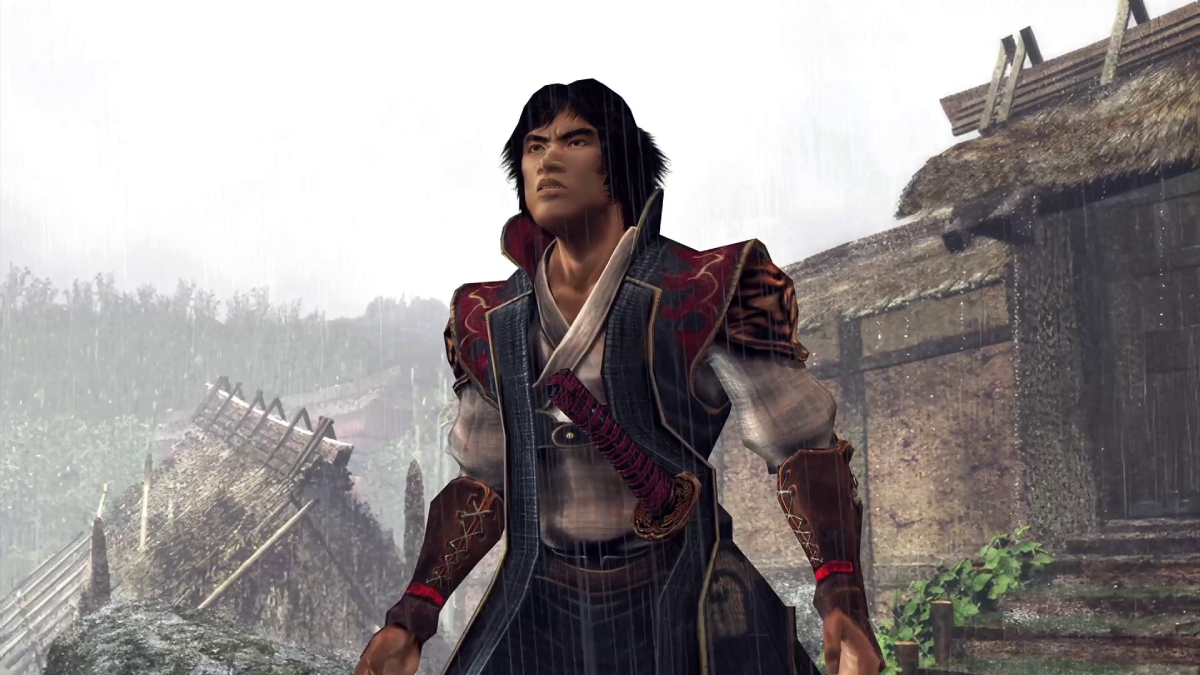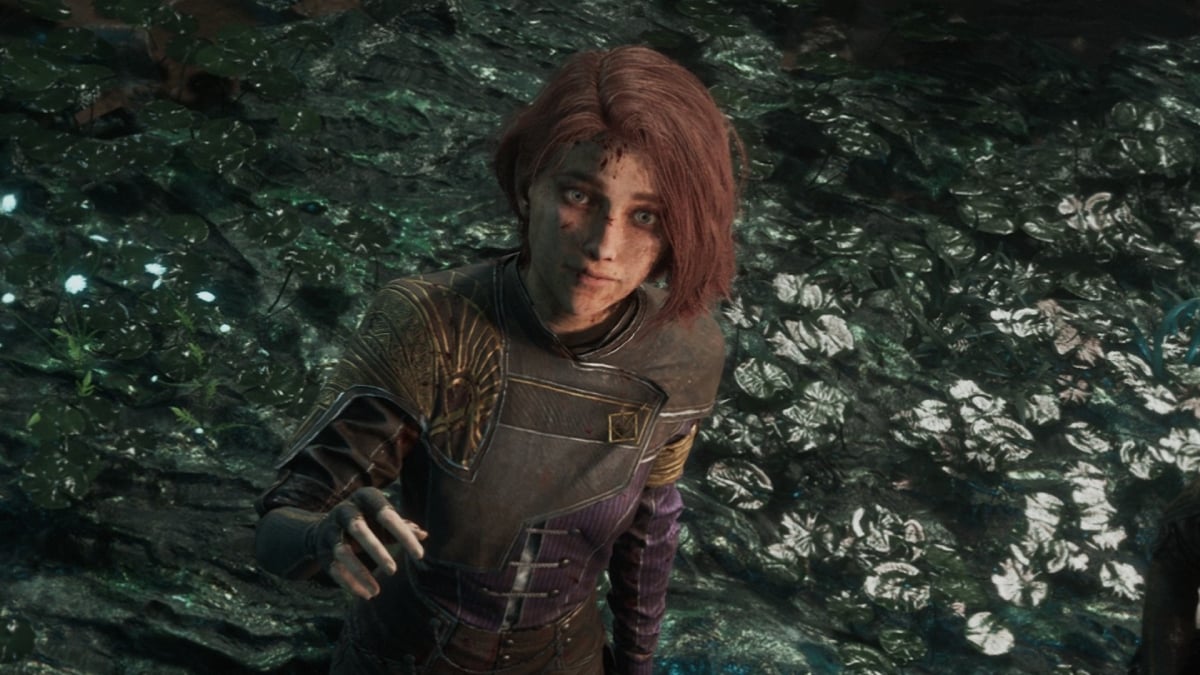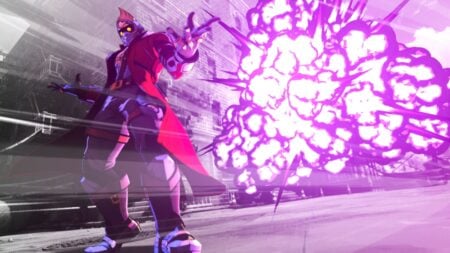Skip To...
While previewing Elden Ring Nightreign, there was one question that burned in my mind after every expedition: “What the heck am I playing?” I don’t mean that in a bad way. Nightreign combines so many things that it looks like the strangest musical medley ever made. It is a soulslike, a roguelike, and a battle royale-ish-like, all mixed with light RPG elements and a narrative. It is challenging to encapsulate it in one genre only. And despite the kaleidoscope of gameplay elements, it is one of my favorite FromSoftware games ever, which has one staple the company’s games are known for — frustrating yet addictive.
Elden Ring Nightreign is neither a DLC nor an expansion. It is a standalone game that boasts solid gameplay mechanics, an interesting roguelike loop, more unlockables than I can count, top-notch character-building mechanics, and even a narrative for each Nightfarer. During the tech test, I was not expecting Nightreign to have all of these things, so I was pleasantly surprised the more I delved into it. However, a few things tarnished this almost flawless game, such as connectivity issues, a lack of a two-player mode, and a few balance issues for solo players. Still, it is a terrific game for those patient enough to get past the first boss. The Fell Omen was a joke compared to what Nightreign has.
A Nightfarer’s Path
To my surprise, Elden Ring Nightreign featured an actual narrative—or rather, eight of them. In true FromSoftware fashion, the overarching narrative remains cryptic, which, at this point, I won’t even complain about. Actually, I like it that way. It makes way for environmental storytelling and provides many narrative clues for you to put all the pieces together. However, the Nightfareres’ stories are the ones that are much easier to follow and highly enjoyable.
As you progress through the game, you’ll unlock a journal. This book contains the records of every playable character. By reaching certain parts of the game or defeating a few bosses, you’ll unlock playable “Remembrances,” which are memories of the characters before they arrived at the well-known Roundtable Hold. Varied objectives usually accompany these small story fragments. Sometimes, you’ll have to kill a boss and, in others, fight a specific enemy inside the hub.
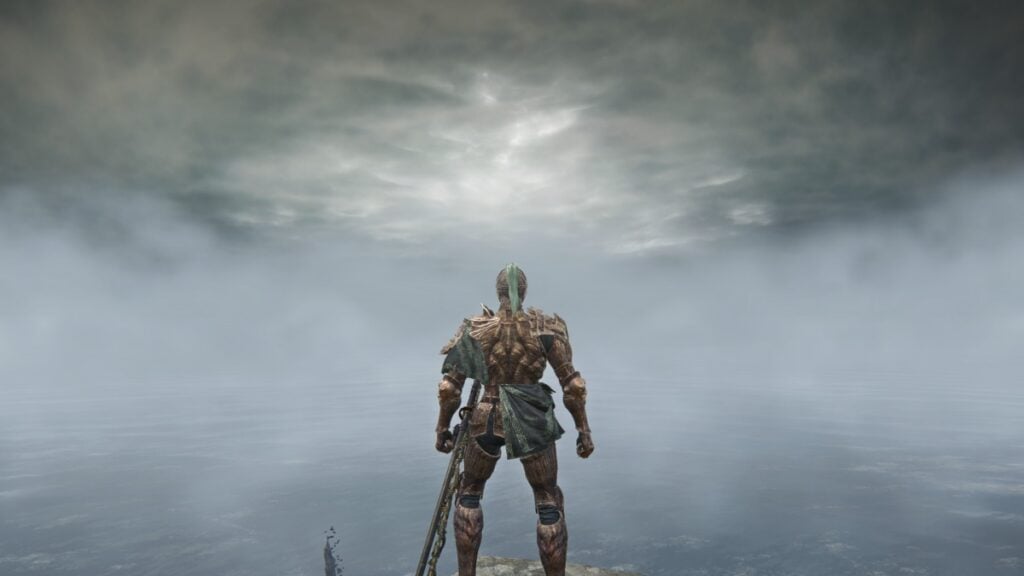
What I liked most about this was the story’s presentation and how well-written each character was. I miss the days when I brought my oblivious Tanished into the plot. I would always roleplay as a different character depending on the ending I was pursuing in Elden Ring. But here, I appreciated more the fact that there was a solid narrative. It tied it all together, providing excellent character development and background details that helped with the world-building.
Usually, the norm when playing a soulsborne is not paying attention to the story. Let’s face it: we’re only there for the gameplay. Yet, FromSoftware did its best to provide a more cohesive narrative that is elevated thanks to its strong cast of playable characters. But if you’re not a lore aficionado, you can ignore everything and kill enemies indiscriminately. In that regard, Elden Ring Nightreign does an excellent job, as expected.
Into the Night
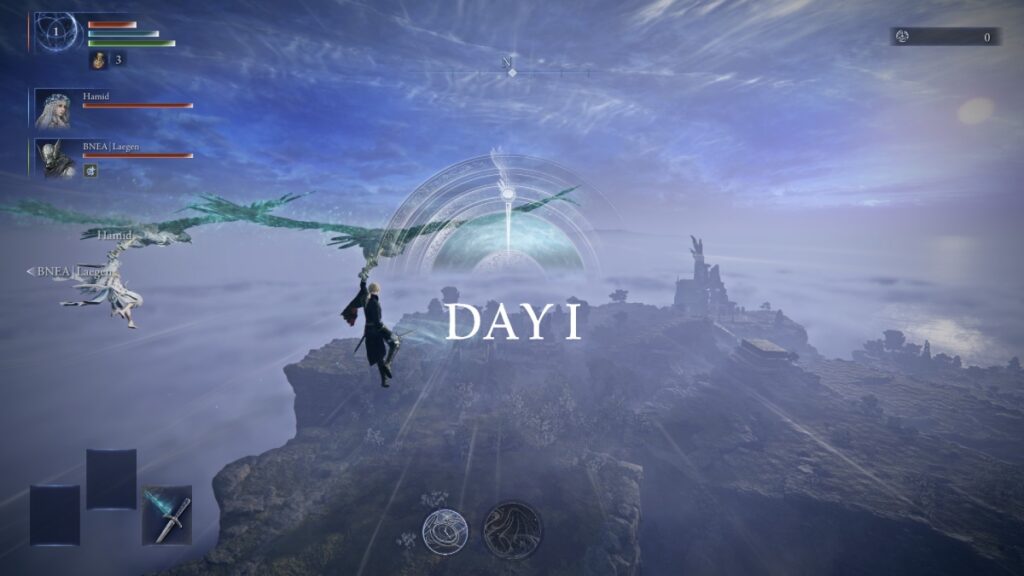
But now, let’s talk about the meaty part of Nightreign, its gameplay. In a way, it is still Elden Ring. The buttons are the same, and executing combos works exactly as in the 2022 GOTY winner; all of it has minimal changes at first glance. However, key differences make Nightreign stand out from its predecessor while bringing a faster-paced approach.
Instead of traveling to the game’s map, in this case Limveld, you must head to the Roundtable and select an expedition. You can pick one boss at first, with more unlocking once you beat the first three-headed roadblock. Once that’s done, you can jump into the map solo or wait for the other two players to join you.
You’ll land on the map in a battle royale way. Instead of a glider, however, you’ll be carried by a spectral hawk. After a moment, you’ll land on Limveld and start exploring this ever-changing map, which becomes smaller as the day turns into night.
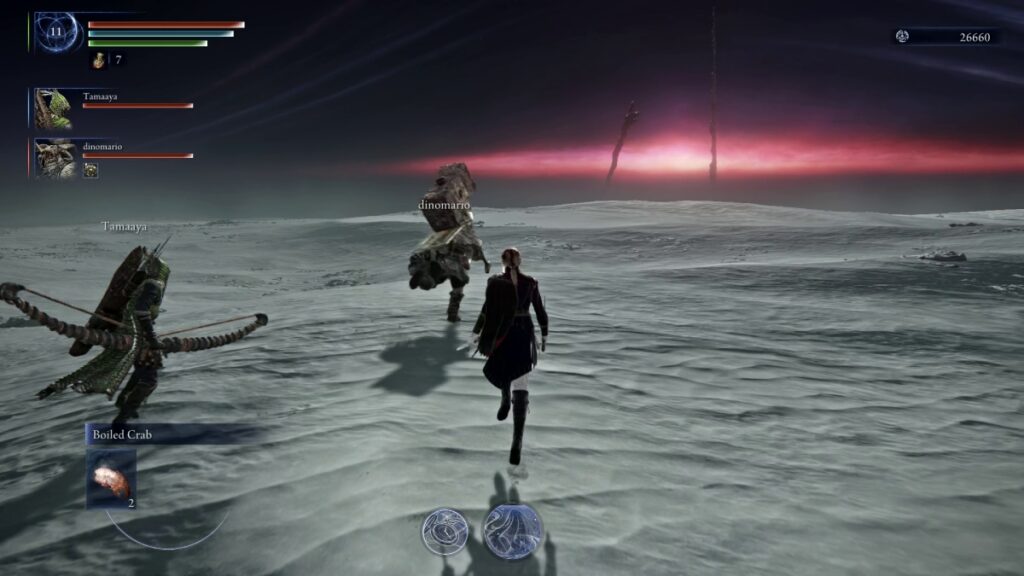
The gameplay loop is quite fast-paced and encourages you to outrun the encroaching night. Each map has different locations that range from fortresses to camps and even broken-down temples—all of them of a smaller scale and familiar to Elden Ring temples. In just a few moments, the map may change drastically, spawning a giant mountain, the Night City, and even a volcano. Yet, the objective is the same: tackle these places to obtain weapons, become stronger, and prepare for the third night, which is when the final boss appears.
Every area has a different loot or is governed by an element. To give you a better example, when you open your map, you can see a camp with the holy element. If you head to it, you’ll face enemies of said element. Should you beat them, you’ll unlock a Holy weapon or a passive bonus for that run. It is an interesting loop that encourages players to play aggressively but also carefully, as the enemies are as deadly as in Elden Ring or even more in some scenarios.
Also, Elden Ring Nightreign tones down some of the elements in Elden Ring. For instance, there aren’t FP flasks. Casting is much faster for sorcery and incantation users. Weapons also have different arts and skills that you might not have encountered before. Also, say goodbye to stat allocation and affinities. It is all streamlined in a way that when you level up at a Site of Grace, you get the necessary stat upgrades for your character. All you must do is focus on getting better weapons and as many runes as possible.
In truth, I loved this approach. It keeps the soul of Elden Ring but provides a fresh take on the formula. It is faster and deadlier, but at the same time, it is more fun in some cases. Reaching the third night was as challenging as reaching the bottom of the Haligtree. Some might love this; some may not. For me, it was the former. I never expected Nightreign to be a sort of plug-and-play soulslike experience that would let me scratch that Elden Ring itch with a one-hour match. It still has the challenges and staples we’ve grown accustomed to, but it removes the micromanagement part, which is highly refreshing.
Start the Cycle Anew
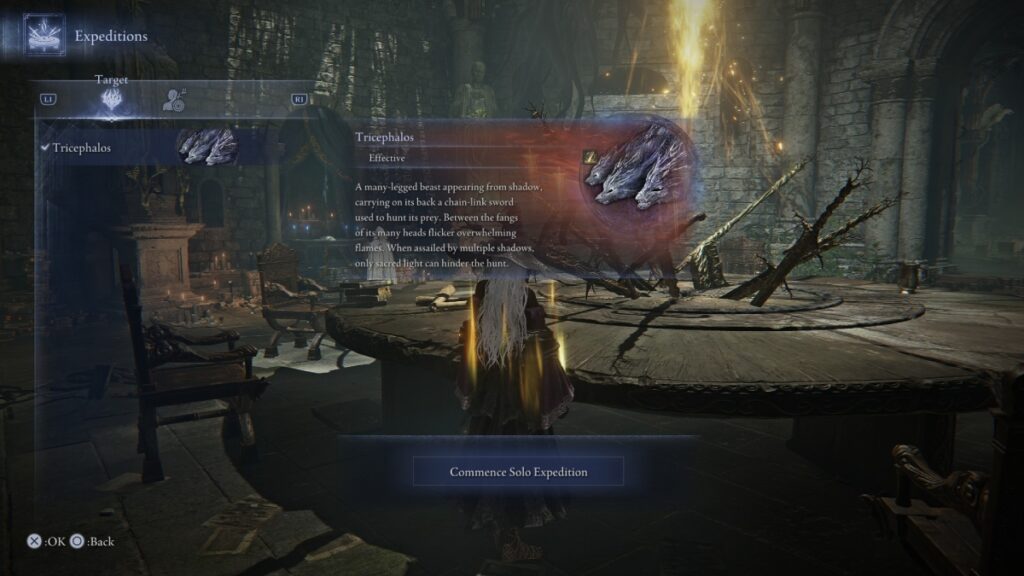
The other key aspect of Elden Ring Nightreign is its roguelike elements. Contrary to other soulsborne games, you won’t be facing the same boss 20 times in a row and spawning outside of its room. Here, you’ll get three nights to reach the final foe. Every day goes like this: you start on a full map, and it becomes smaller twice. For the second time, you must reach a location where a formidable boss spawns. Some of these bosses include dragons, the Godskin Duo, that guy with the flying red sword, and so on. If you beat it, the next day begins, and the cycle repeats. However, after the second night is over, you move straight to the third and final night.
That all being said, starting an expedition takes a lot of time. That is the biggest difference in Nightreign. If you die in any of the night’s ends or during the final encounter, you’re sent to the hub and must queue again— no checkpoint, no Site of Grace, nothing. Also, you don’t bring anything back with you, so what’s the point of going on an expedition repeatedly? That’s where the roguelike elements kick in.
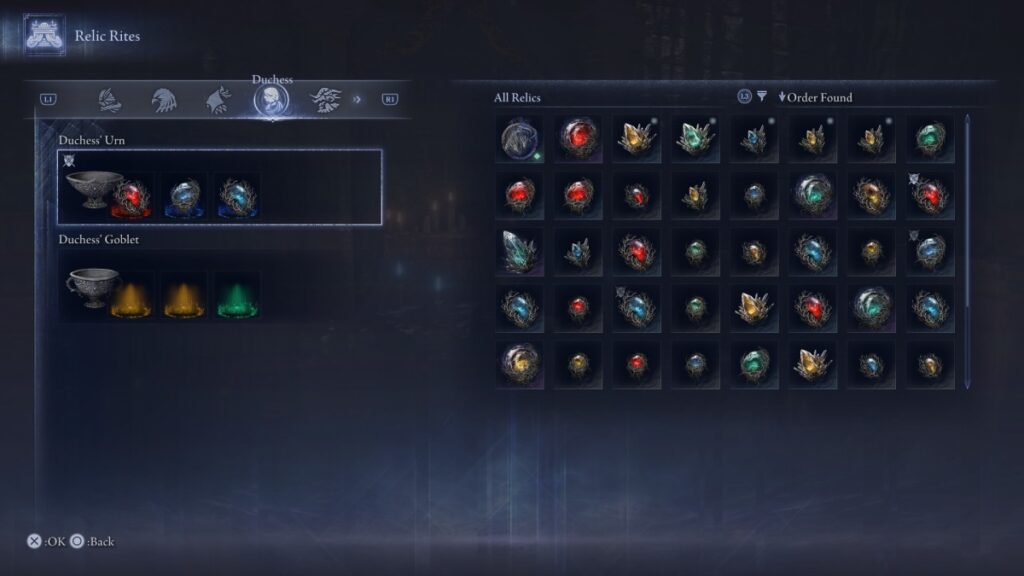
After each expedition, you’ll get relics and currency. Relics are more important, though. Each character starts with three relic slots of different colors. You can unlock different combinations as you progress through the game. For instance, the Wylder begins with blue and red relic slots. You can only equip relics of said color there. But what if you got a yellow relic that fits Wylder perfectly? There are some items that can change the relic slots for Wylder, making them yellow, green, and even colorless, so that you can add any relic in that slot.
These relics provide different bonuses, and all of them are randomized when you obtain them. Some will give you two points to your Arcane attribute. A few will even change your weapon’s starting art and even element. These relics, however, are permanent upgrades to your characters, and that’s where the character-building mechanics come into play.
Let’s take the Duchess, for example. She is great with Sorceries or daggers that apply status effects. Should you want to, you can make your Duchess focus on more magic damage with Sorceries and a few relics that provide FP regeneration. On the other hand, you can look for relics that give her Arcane boosts and even ones that let you start with a poison-infused weapon. The building aspect might not be as deep as in Elden Ring, but it is much more accessible, and the RNG part makes it even more unique. Even if everyone mains Duchess, all of them will have a vastly different build, even more so than characters in Elden Ring.
Let Me Duo It
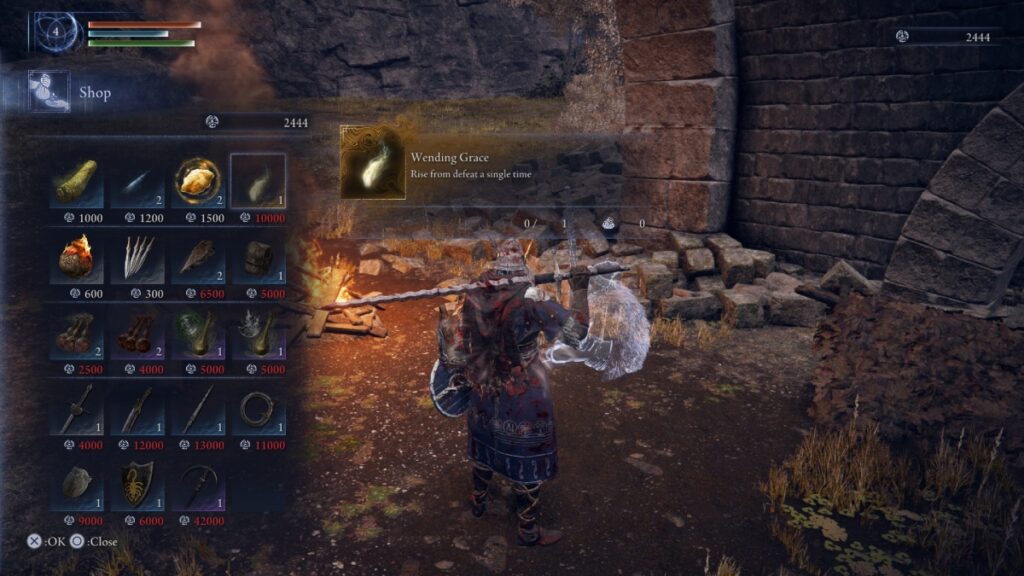
My biggest complaint is the lack of a dedicated two-player mode. I’m not sure why, in the name of Malenia’s sisters, FromSoftware decided to make it a game for either one or three players, but not two. Matchmaking during the review period was hell, but that’s expected. There weren’t a lot of players. Still, Bandai Namco provided a lot of representatives who queued with us and helped us fill that third spot. However, it would’ve been avoided if there were a two-player mode. I’m genuinely worried about the game’s launch since not a lot of people have two other friends to play with. Most gamers nowadays do duo matches in many games, so this will certainly anger some of the fans.
Sadly, solo players don’t have it easier and will suffer from many balance issues. Can you beat an expedition solo? Definitely. Is it enjoyable? Not so much. While there is certainly an HP downscale when playing solo that helps players beat enemies faster, this mode still needs tweaking. You have the same number of enemies when playing alone as when playing in a group of three. The big issue here is that the night still closes in at the same speed. If it were a bit slower, it’d be great. However, it doesn’t do much to let lone wolf players fight the relentless hordes of enemies more calmly. And before you say, “skill issue,” it’s not that. The solo mode needs urgent adjustments to allow single-player games to be on a somewhat similar playfield to others.
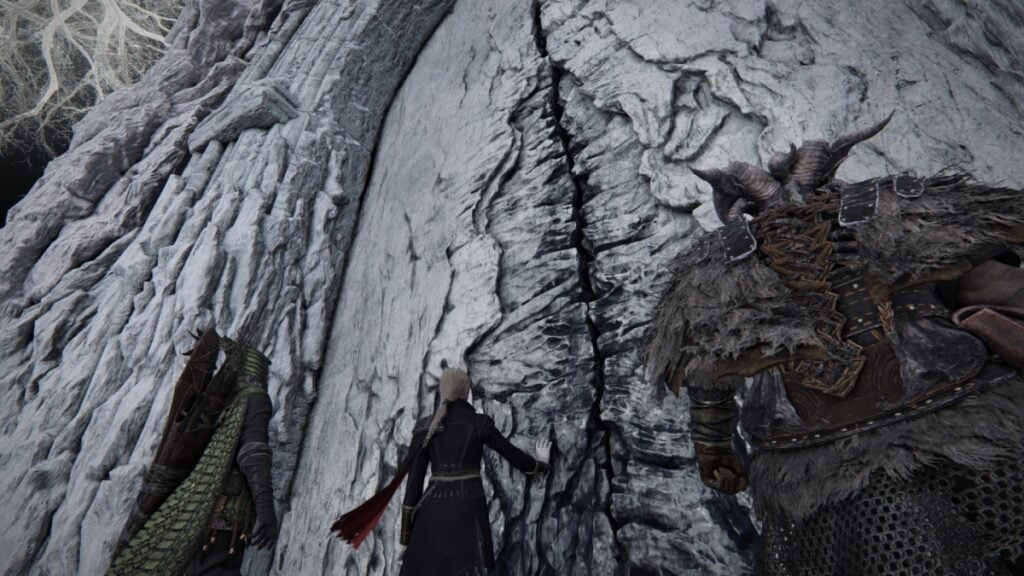
Beyond that, it also needs a way to let the player revive at least once when they’re alone. When you play with others, you can rescue players by hitting them. There’s an indicator that fills up after each death. The more it fills up, the more hits a player needs to revive. However, solo players don’t have a second or third chance. This will be highly frustrating for some, as the gameplay loop isn’t like that in Elden Ring. If you die in Elden Ring, you spawn close to the boss and try it again almost instantly. In Nightreign, you need to spend another 30 minutes or more to reach a boss at the end of a night and then do it again if you die. I’m all for soulslike games to be punishing, but this one went a bit too far with solo players.
I didn’t mind the above things much, as I’ve become resilient to FromSoftware’s masochism over the years. But new players who didn’t play Elden Ring might be looking for a more approachable experience, and this won’t be one. Even some bosses at the end of a night spawn in groups of two or more. Imagine a player who has never played Elden Ring facing three royal cavalry bosses. It’s hell on 12 legs. And yes, many will go, “Oh, that’s the soulslike spirit. It’s all about repetition.” But it doesn’t work that way here. Players will need to do the same long grind before reaching a boss, and not many have the patience to do that.
An Untarnished Entry

Despite my complaints about the matchmaking aspects and solo adjustments, Elden Ring Nightreign is terrific. It blends so many genres seamlessly that, at times, it feels as if it has created a new type of game. Nighreign features the best of many worlds, and every system shines perfectly without being too convoluted. It provides everything we love from Elden Ring and elevates it with a more cohesive story, interesting characters, in-depth customization, and the most polished experience ever for a soulslike game.
As someone who’s spent hundreds of hours in Elden Ring, this is precisely what I was waiting for. Nighreign gave me a new experience in a familiar land with well-known systems and the combat I love. Still, it keeps it fresh by providing a highly addictive and rewarding gameplay loop. On top of that, the character-building aspect is unmatched and more enjoyable than that of its predecessor. But beyond all that, it is accessible for many gamers who were too afraid to explore all of the Lands Between. If Nightreign manages to fix some of the matchmaking and balance issues it has, we’ll have another masterpiece worthy of taking the Elden Throne.
Elden Ring Nightreign (PC Reviewed)
Elden Ring Nightreign manages to blend many gameplay systems flawlessly to create a highly addictive formula while keeping the soul of Elden Ring. Even if it lacks a two-player mode and some solo balancing issues, it is another FromSoftware masterpiece and one I hope sticks around for many years to come.
Pros
- The best boss fights I've seen since Sekiro
- Excellent build variety
- An addictive gameplay loop
Cons
- Lack of a two-player mode
- A bit unbalanced for solo players

